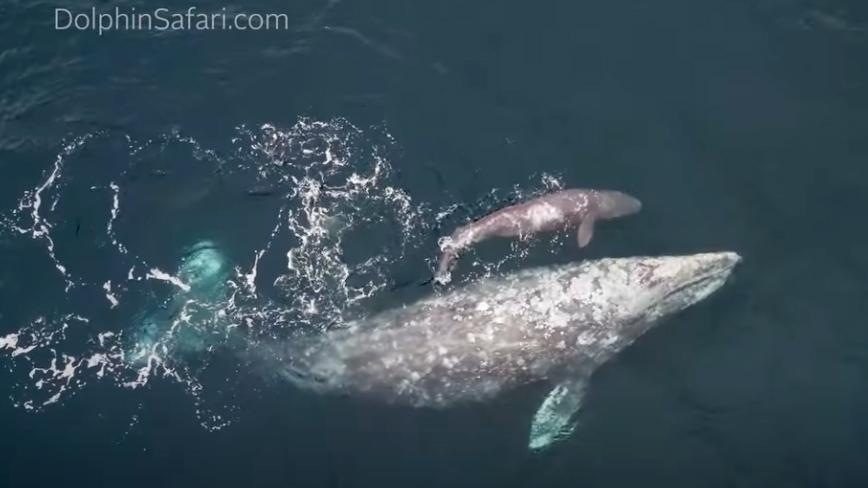It was a worrisome few years for North Pacific gray whales, with hundreds washing up dead on shorelines along the West Coast leading to an estimated 30% decline in their population.
But the gray whale population, which travels from Alaska where they feed to breeding grounds in Mexico, passing Southern California along the way, is now considered healthy enough the National Oceanic Atmospheric Administration this week declared closed the Unusual Mortality Event, or UME, it designated in 2019.
A Unusual Mortality Event declaration by NOAA happens when there’s a significant die off of any marine mammal population, such as the case when nearly 700 gray whales deaths were recorded off the coast from Mexico to Canada between 2019 and 2023.
“Understanding and investigating marine mammal UMEs is crucial because they can be indicators of ocean health, giving insight into larger environmental issues ,which may also have implications for human health,” NOAA officials said.
During the years of the Unusual Mortality Event, 347 gray whales were stranded along the coasts of California, Oregon and Washington; another 316 were reported in Mexico and 27 in Canada.
NOAA and a team of researchers concluded that the preliminary cause of the usually high number of deaths was “localized ecosystem changes” in the whale’s feeding areas that led to changes in their food sources, which then led to malnutrition – a common cause in many of the deaths – as well as decreased birth rates and increased mortality, NOAA’s announcement this week said.
“There was a concern that there was a shift in the food. Many were skinny or malnourished, which ties into a food issue,” said Alisa Schulman-Janiger, co-founder of the Gray Whale Census and Behavior Project based off Point Vicente in Palos Verdes. The project’s group of volunteers spend the whales’ migration season counting the passing marine mammals and noting their appearance.
Schulman-Janiger called the declaration…
Read the full article here







